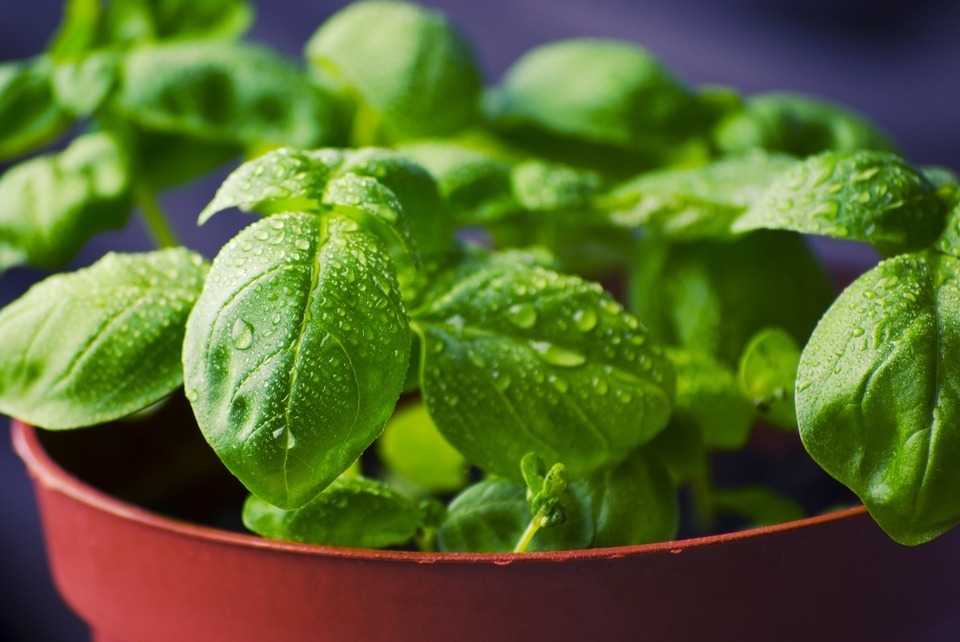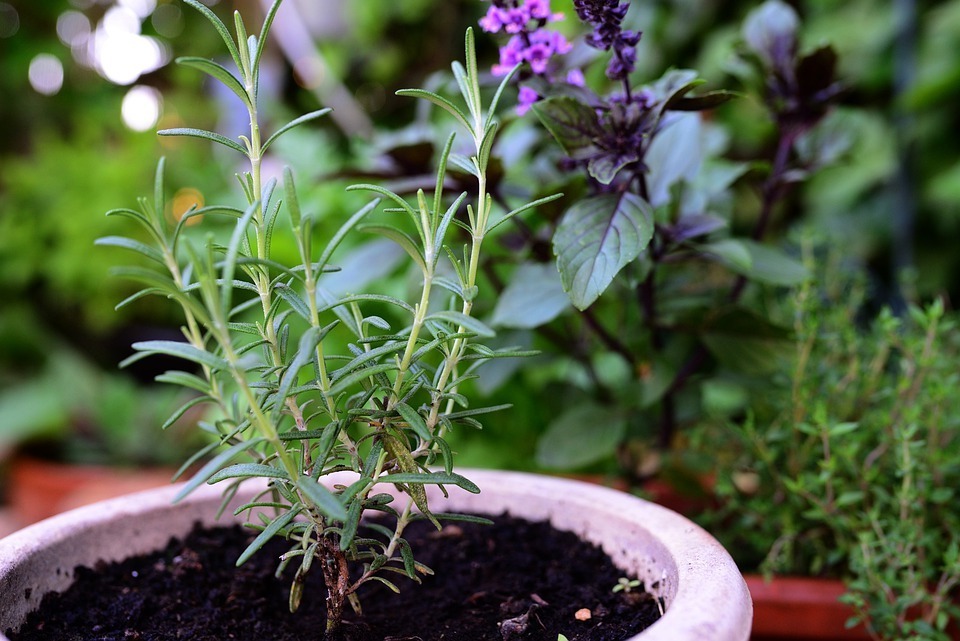There are so many benefits gardening can give. From fresh vegetables, you can serve to your family every day to make your own fresh fruit juices that are very healthy for older adults and even for toddlers – growing your vegetation is very rewarding.
It does not need to be an expensive nor space-consuming type of gardening that requires you many resources. You can actually bring your beautiful and aromatic garden inside your home by growing a variety of herbs. Herbs are known to have many uses, such as cooking, tea making, aromatherapy, making homemade skincare products, and vital elements in a pollinator garden.
Once you start growing and cooking with fresh herbs, you’ll never go back. Unlike container gardening of fruit trees, herbs are very much simple and require minimal feeding and supervision. Here are the following tips on how to start growing herbs indoors.
WHERE CAN I GROW HERBS
Find the Sunniest Spot Both Indoors and Outdoors
Look for that sunny spot in your window or door entrance or balcony area. This is where you can best place the herbs that you will be growing in pots or containers. Herbs love the full sun, so place them in an area of your hour where the sun shines at 4 to 8 hours a day.
South-facing windows: In natural lights, This is where you have the brightest light and most hours of sun during the short, chilly winter days. Good choices for these locations are plants that come from tropical and semi-tropical climates, such as rosemary, thyme, basil, bay laurel, and oregano.
East- and west-facing windows: This part of the house receive bright sun for about six hours in the morning or afternoon, but east windows remain cooler. Good choices include mint, parsley, chives, and chervil, which thrive with less intense light and prefer the cooler temperatures.
Under grow lights: Full-spectrum grow lights are ideal for all herbs. Place plants within a foot of the bulbs or follow the instructions provided with your lights. Start by having the lights on for 12 to 16 hours a day for bright-light plants and adjust as necessary.
BEST POTS AND CONTAINERS TO USE
- 8 to 10-inch pots – can be used for any herb.
- 6-inch pots – use for dwarf or shallow-rooted herbs like thyme or globe basil.
- 12 to 18-inch pots – can be used to accommodate multiple herbs due to a wider space. Herbs with deep taproot like parsley thrive in a deeper pot. Lemongrass also performs best in a larger-diameter container.
There are numerous pots available online if you want to have hassle-free shopping, but ensure that you carefully read the details and descriptions about pots sizes, materials used, etc. Use pots or containers with good drainage. Ensure that your containers have enough water holes to escape the pots, so your plants’ roots won’t be overwatered. It’s okay to use a decorative planter without drain holes. This will help protect indoor surfaces but plan to plant in containers with drainage that then fit inside your chosen planter. This way, water runs freely, plants are never waterlogged, and everyone will be happy.
CHOOSE A QUALITY POTTING SOIL
Use potting soil and not garden soil. Potting soil is a soil mixture designed for containers. An ideal to use potting soil that is high in organic matter and peat-free.
Compared to garden soil, potting soil can retain just the right amount of water for the pot while letting the excess drain. On the other hand, because garden soil is supposed to be spread out over a large surface area, it retains too much water for a container.
DECIDE WHAT HERBS TO GROW
While you can grow any herbs at the same time, just begin with a handful of herbs that you use the most. If you find yourself reaching for parsley, grow parsley. If a pinch of fresh cilantro is the flavor you’re after, grow cilantro. Start with 2 to 5 plants while working out your system, and remember, you don’t need to grow all the food you eat. Think of your indoor garden as a method for augmenting and inspiring everyday cooking.
BEST INDOOR HERBS
Here are the easiest to grow indoor and outdoor herbs
- Basil
- Chervil
- Chives
- Rosemary
- Oregano
- Parsley
- Sage
- Thyme
- Cilantro
- Dill
- Lemon balm
- Mints
- French Tarragon


